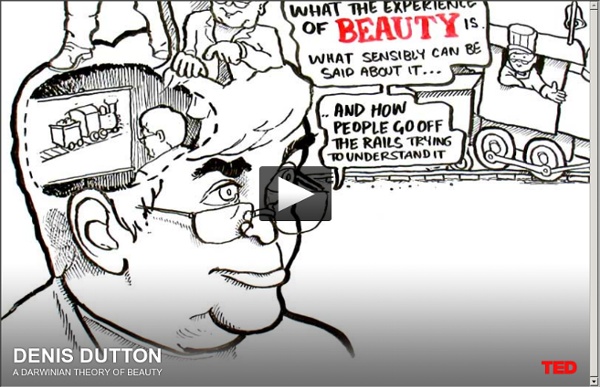



http://www.ted.com/talks/denis_dutton_a_darwinian_theory_of_beauty.html
Neandertal Children Developed on the Fast Track Parents who think their kids are growing up too fast should be glad they're not Neandertals. A new study of the fossilized teeth of eight Neandertal children finds that their permanent teeth grew significantly faster and erupted earlier than those of our own species, Homo sapiens. Taken with recent studies showing subtle differences in the brain maturation and developmental genes in Neandertals and H. sapiens, the new data suggest Neandertal kids may have reached adulthood a few years faster than modern human children do. Researchers have long known that humans grow up slowly. We take almost twice as long as chimpanzees to reach adulthood.
How To Mix Chalkboard Paint in Any Color We love using chalkboards as backdrops for displays and parties (like this one here!). So we were super excited to learn that you can create your own custom colors-and it's really easy! We first learned how from Martha Stewart whose tutorial you can read here. She recommends that you use latex paint, but we tried it out with acrylic paints with much success. Here's how you too can create your own chalkboard paint...
Neandertal Brains Developed More Like Chimps' With brains as big as ours, Neandertals were no dumb brutes. But their brains may have developed in a manner much different from the way ours do, according to anew study. The differences suggest that Neandertals did not see the world the same way we do and may not have been as adept at language or forming complex social networks. Paleoanthropologists Jean—Jacques Hublin, Philipp Gunz, and Simon Neubauer of the Max Planck Institute for Evolutionary Anthropology in Leipzig, Germany, made the find by first comparing CT scans of the brains of 58 humans and 60 chimps, varying in age from birth to adulthood. How Animals See the World The human eye is pretty amazing, but there are some things it cannot do such as see ultraviolet light or detect images at a great distance. The visual capabilities on non-human creatures can help to open our eyes to the possibilities beyond our limited sight. This infographic, published by Mezzmer, looks at vision from some animal’s point of view. [Click here for full size version] Embed This Image On Your Site (copy code below):
How We Are Evolving Thousands of years ago humans moved for the first time into the Tibetan plateau, a vast expanse of steppelands that towers some 14,000 feet above sea level. Although these trailblazers would have had the benefit of entering a new ecosystem free of competition with other people, the low oxygen levels at that altitude would have placed severe stresses on the body, resulting in chronic altitude sickness and high infant mortality. Earlier this year a flurry of genetic studies identified a gene variant that is common in Tibetans but rare in other populations. This variant, which adjusts red blood cell production in Tibetans, helps to explain how Tibetans adapted to those harsh conditions. The discovery, which made headlines around the world, provided a dramatic example of how humans have undergone rapid biological adaptation to new environmental circumstances in the recent past.
The artist is in. Now playing Alexa Meade takes an innovative approach to art. Not for her a life of sketching and stretching canvases. Instead, she selects a topic and then paints it—literally. She covers everything in a scene—people, chairs, food, you name it—in a mask of paint that mimics what's below it. What causes the smell after rain?" Most people notice a distinctive smell in the air after it rains. It's frequently linked with spring, as the smell of fresh cut grass is associated with summer. You'll find it in a lot of poetry and also on many inspirational lists of things to be happy about.
New Hypothesis for Human Evolution and Human Nature Click on image for a high-resolution version. Domestic animals, like this water buffalo in Viet Nam, live intimately with humans and provide renewable resources to humans that communicate well with them. Photo by Greg Luna.